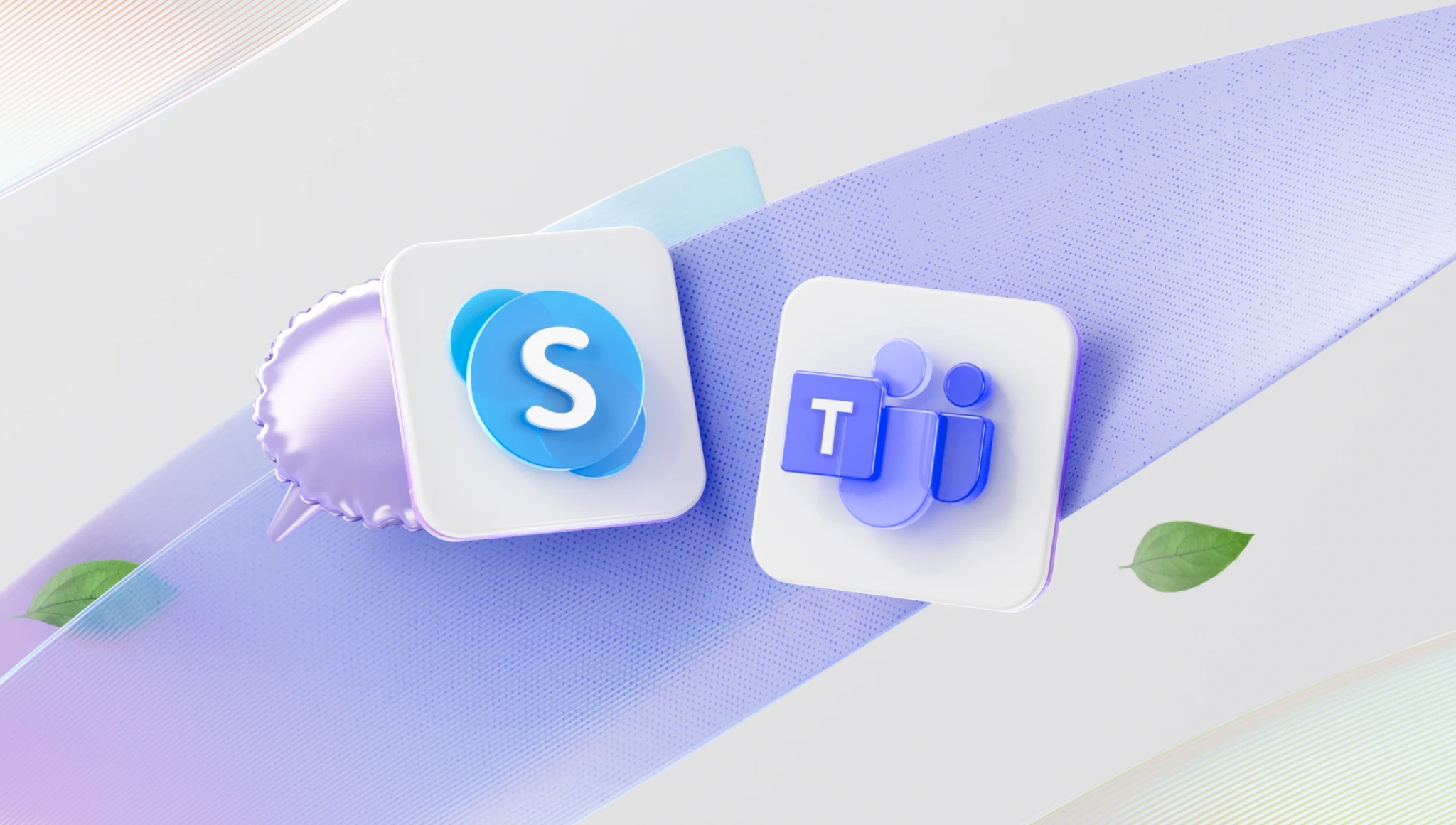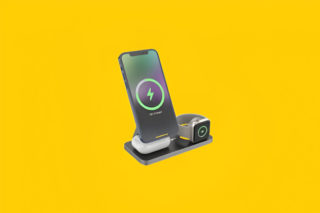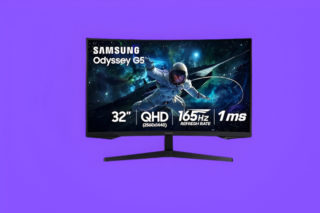Skype has officially left the chat. Microsoft pulled the plug on the iconic communication platform on May 5, 2025, redirecting users to Teams and its purple pastures. After 22 years of connecting families, businesses, and long-distance relationships, Skype joins the digital retirement home alongside AIM, MSN Messenger, and Yahoo! Chat—once-essential services now relegated to nostalgic screenshots and “remember when” conversations.
From Revolutionary to Relic
Back in 2003, when broadband was the new hot thing and video calls existed primarily in sci-fi films, Skype arrived like a fresh album that everyone needed to hear. Created by Estonian engineers Niklas Zennström and Janus Friis, the same minds behind music-sharing platform Kazaa, it transformed communication by making voice and video calls free and accessible to anyone with an internet connection.
At its peak in 2013, Skype boasted 300 million users—a virtual nation larger than the United States. Microsoft’s acquisition in 2011 for $8.5 billion (roughly the GDP of a small country) should have been Skype’s ticket to permanent relevance. Instead, it marked the beginning of a relationship heading for divorce.
Many tech reviewers and users have noted over the years that Microsoft’s interface redesigns may have contributed to Skype’s gradual decline. Each update changed features and layouts, potentially making the service less intuitive for longtime users who valued consistency.
The Pandemic Plot Twist
When COVID-19 locked down the world, video calling platforms became as essential as refrigerators. This should have been Skype’s championship season—its moment to shine after years of development.
Instead, Zoom captured unprecedented market share, growing from 10 million daily meeting participants in December 2019 to 300 million daily meeting participants by April 2020, according to BBC reporting. It’s worth noting that “meeting participants” can count the same user multiple times if they join several meetings in a day, unlike unique user metrics.
Meanwhile, Microsoft reported Skype’s growth to 40 million daily users in March 2020—substantial, but overshadowed by Zoom’s explosive expansion during the same period. The contrast highlighted how quickly the video calling landscape had shifted away from what was once the category-defining brand.
Teams Take the Stage
With Skype now playing its farewell tour, Microsoft is betting its communication future entirely on Teams—a platform built initially for corporate collaboration but now expected to host everything from business meetings to virtual family reunions.
For regular users, the transition plays like switching from vinyl to streaming—the music might be the same, but the experience feels different. Microsoft promises seamless migration: log into Teams with Skype credentials, and contacts appear like backing tracks automatically loaded into a new music app.
The transition has drawn mixed reactions online, with many users expressing frustration about needing to learn yet another communication platform. Particularly affected are older users and those who had just become comfortable with Skype during the pandemic lockdowns.
The Technical Afterparty
For Skype’s paid users, particularly international callers who relied on its affordable rates, the situation gets more complicated. The Skype Dial Pad will survive within Teams and the web portal—a small consolation prize for those with remaining credit balances.
Teams does offer enhanced features that Skype lacked: better calendar integration, background effects that work more consistently, and community-building tools. Yet some tech reviewers observe it still feels designed primarily for corporate users, with personal communication features added as secondary considerations.
As Microsoft shifts toward a future dominated by AI and deep system integration—like Copilot’s new screen-aware capabilities—the quiet retirement of Skype marks more than the end of an app. It’s a signpost that the tools we use to connect are becoming smarter, more unified, and far more powerful than ever before.
Legacy Mode
As we witness Skype’s digital sunset, its impact on communication deserves recognition. Before Skype, connecting face-to-face with someone across the world required expensive equipment and technical expertise. After Skype, it required two clicks.
The platform that made “Skype” a verb joins other tech pioneers whose innovations outlived their products. Like how every tissue is called a Kleenex regardless of brand, many still say “Skype” when referring to any video call—the linguistic equivalent of platinum album status.
In tech’s never-ending playlist, today’s headline feature inevitably becomes tomorrow’s deleted app. Teams occupies the spotlight now, but somewhere, in some developer’s kitchen, the next communication revolution is already simmering—ready to make Teams look as outdated as Skype eventually became.
Data retention note: Microsoft will keep inactive Skype data until January 2026, giving users eight months after the shutdown to migrate or export their information before permanent deletion.





























